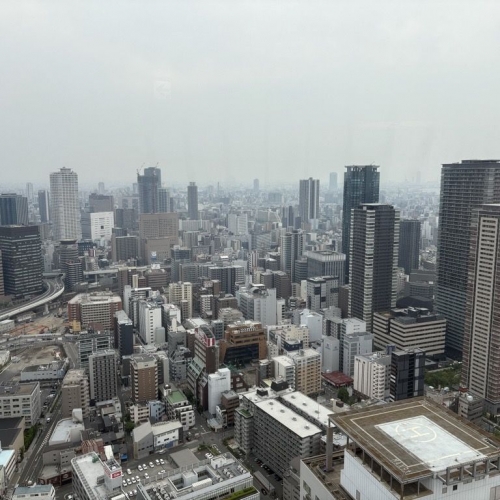
There's more to helipads and vertiports than slabs of concrete or decking - the reality is far more complex. Planning, constructing and operating these facilities involves careful consideration of safety and airspace management, both from the ground and in the sky.
As found in the recently published ATSB final report into the mid-air collision between two helicopters on the Gold Coast, Queensland - operations to and from these facilities require flight paths and airspace that are clear of obstacles and other airspace users.
This tragic incident highlights the critical need for comprehensive planning and airspace management when considering the use of helipads and vertiports. It serves as a stark reminder that safe vertical flight operations depend not just on physical infrastructure, but also on the surrounding environment.
The safe operation of helipads and vertiports requires well-defined flight paths and protected airspace that are free from obstacles and conflicts with other aircraft. This includes ensuring that buildings, towers, cranes, drones and other aircraft do not encroach on approach or departure paths. It also demands adequate coordination with air traffic control and adherence to strict operational procedures.
As the demand for vertical take-off and landing (VTOL) infrastructure grows, especially with the rise of urban air mobility, the industry must prioritise airspace safety alongside that of physical design.
Aviation Projects is positioned to provide expert advice on operations involving airports, heliports and vertiports. Contact us today.
Tags: Flight Path, Planning, Aviation Safeguarding, Airspace, Aviation Projects, VTOL, Helipads, Vertiports